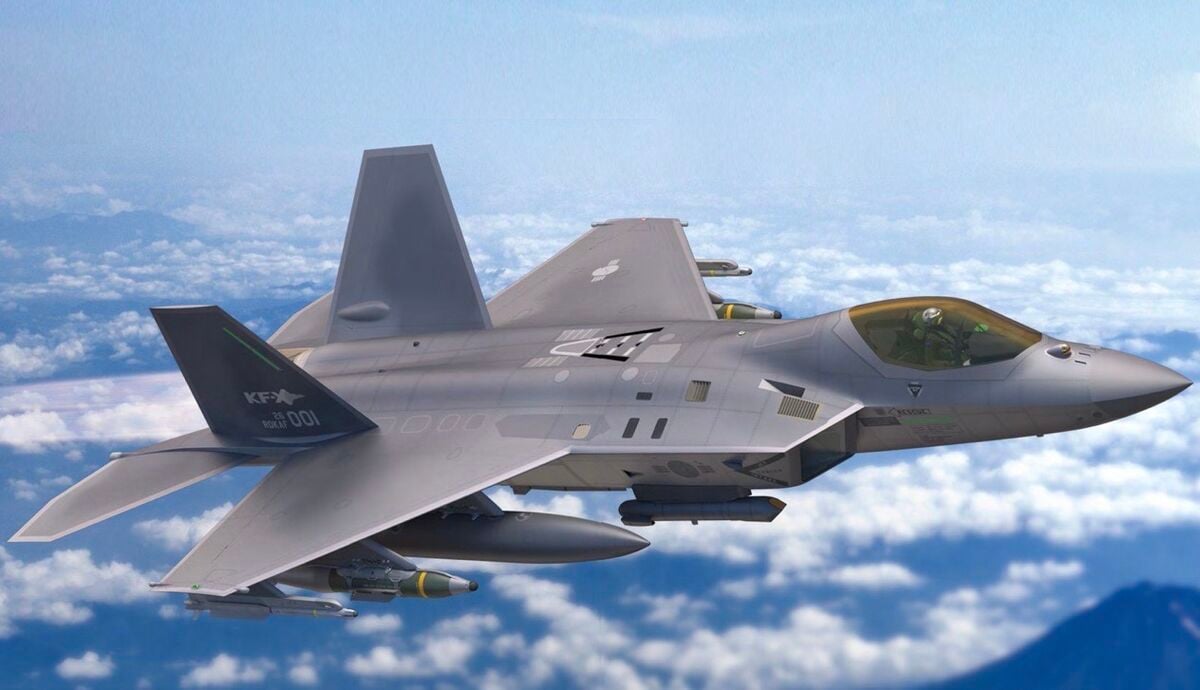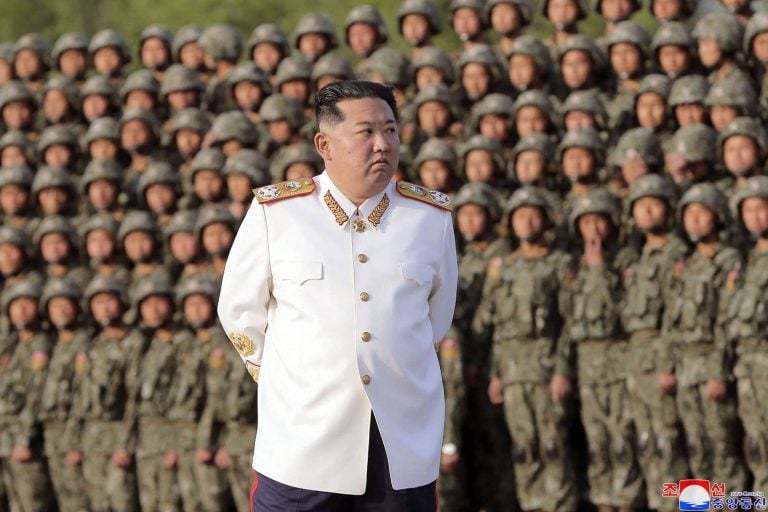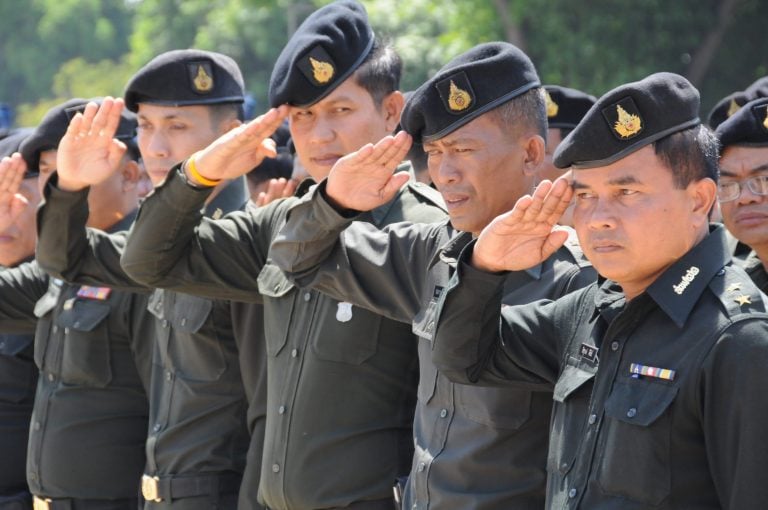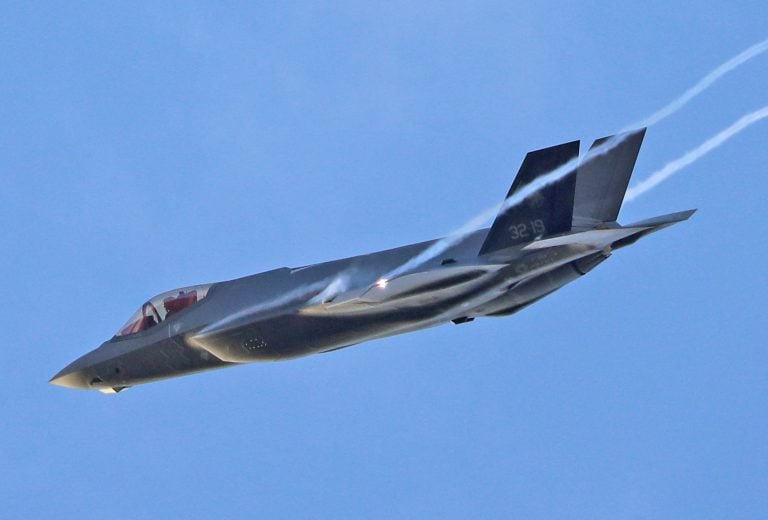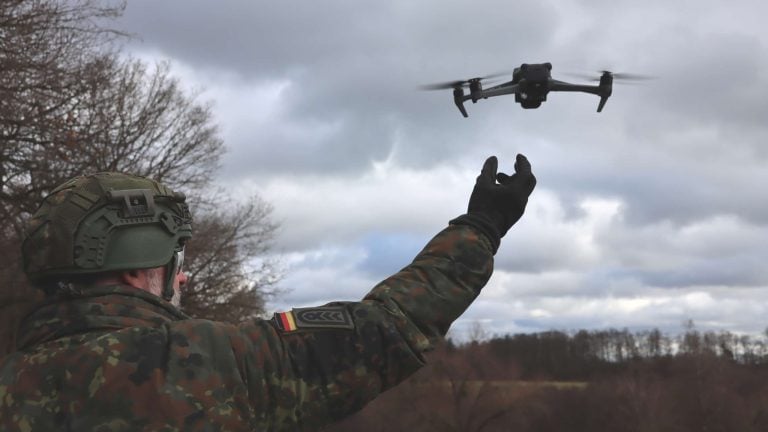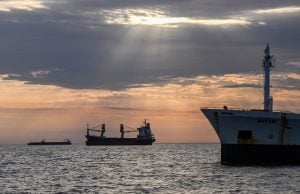South Korea’s ambition to develop a homegrown long-range missile has hit a significant snag, extending the timeline for the project by a year due to the repercussions of the emergency martial law declared in December of the previous year. This delay means that the military’s initial goal of commencing development in 2023, with a planned completion by 2032, will not materialize as expected.
The revised schedule now places the start of development in 2026, with the target for completion shifted to 2033. In addition, the operationalization of the missile, designed to utilize an advanced guidance system for precise targeting, has been postponed from 2035 to 2036. Industry experts caution that there could be further extensions to the timeline if current challenges persist.
This long-range air-to-air missile is particularly crucial as it is intended for integration with the upcoming KF-21 Boramae fighter jets. This integration represents a pioneering effort, necessitating developers to anticipate and correct possible errors in the system.
The delays pose a risk not only to the missile project but also to the broader KF-21 program, especially regarding export opportunities for the next-generation fighter aircraft. Block II of the Boramae program, which includes performance enhancements and integration of advanced missile technology, is set for completion by 2028. However, any hiccups in the missile development could compel reliance on expensive foreign armaments, thereby potentially diminishing the aircraft’s export appeal.
Interest in the KF-21 has already been shown by the United Arab Emirates, which has signed a cooperation agreement with South Korea aimed at fostering its development. An industry insider emphasized the urgency of the situation, stating, “If performance upgrades are delayed, demand will disappear, so we need to accelerate development,” showcasing the growing pressure on South Korean authorities to streamline the process.
